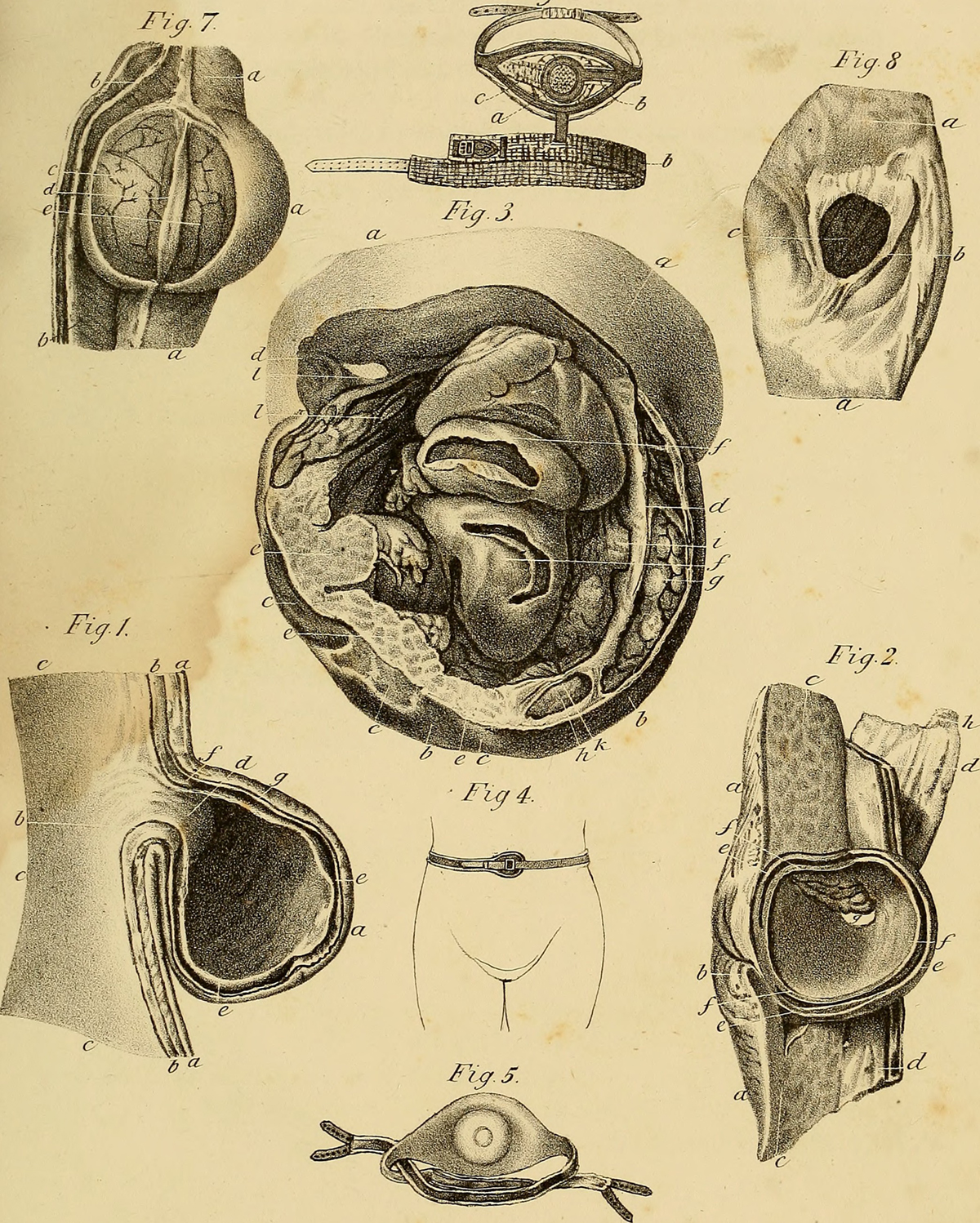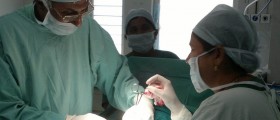
A hernia is the protrusion of an organ or a part of an organ through the wall of the cavity that normally holds it in place. Most commonly herniae develop in the abdomen, when in a weak abdominal wall a hole gets formed through which a tissue or abdominal organ may protrude. Abdominal hernia may occur whenever there is a tear in the inner lining of the abdominal wall. Sometimes, the tear can cause a bulge in the wall and create an opening from which the organs protrude. In some cases, the bulge is reducible, and a patient can feel the organs being pushed back into the normal position, after applying slight pressure on the bulge. In other cases, hernia is non reducible, and the organs cannot be pushed back into the abdomen.
Types of abdominal hernias
Abdominal hernias are classified by the various locations of their occurrence. Inguinal hernia, for example, is when a male's testicles descend into the scrotum. This condition is also known as the indirect inguinal hernia, and it is usually due to the inherited weakness at the internal ring in the groin area. A direct inguinal hernia occurs near the internal ring instead of within it, and it usually occurs as a result of aging or injury.
Epigastric hernia is a type of abdominal hernia that takes place when the muscles of the upper-middle abdomen become very weak. This condition usually affects men. Similarly, an umbilical hernia occurs when part of the intestine protrudes through an opening in the abdominal muscles. These hernias are most common in infants, and often they disappear by the age of 4.
A femoral hernia affects the region between the abdomen and thigh, and usually looks like a bulge on the upper thigh.
Incisional hernia usually occurs at the place of an incision from a surgery, when the fat or tissue pushes through the surgical scar. This hernia develops due to an incompletely healed surgical wound.
Symptoms of abdominal hernias
Signs and symptoms of abdominal hernia strictly depend on the particular type of hernia. For many hernias, symptoms may not be present. The most prominent symptom is a bulge in the groin, or any other abdominal area. The bulge is most obvious when the person is standing. Sometimes, there is a pain in the groin or even swelling in the region.
Non reducible hernias are usually painful and, as a rule, they cannot return to the abdominal cavity when pushed in. Some non reducible hernias are completely painless and yet chronic.
Some non reducible hernias may apply the additional pressure to veins and compromise the blood supply. This complication is known as strangulation. Strangulated hernias are always painful and accompanied with extreme tenderness. Patients may also complain about fever and nausea, due to bowel obstruction.

















Your thoughts on this
Loading...